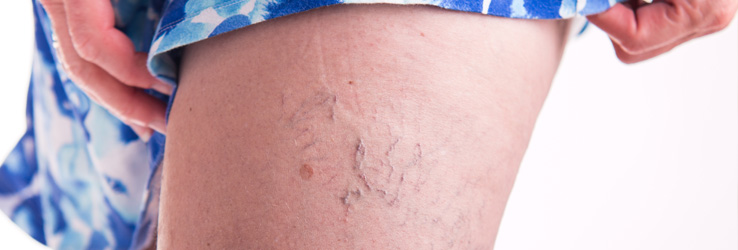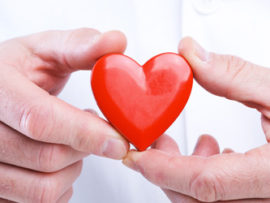
What Are Spider Veins?
What are spider veins?
Veins are blood vessels which transport blood lacking in oxygen from the body back to the lungs, where waste carbon dioxide is exchanged for oxygen, and returned to the body by another type of blood vessels known as arteries.
When veins fail to circulate blood efficiently through the body, excess blood tends to form a pool, thereby giving the ‘bulging’ appearance on the skin surface. These swollen, palpable bulges are known as varicose veins and are usually greater than 4mm in diameter. Spider veins, also known as telangiectasia, are smaller and shorter, and often appear as a web-like maze.
What are the symptoms of spider veins?
Common symptoms include pain, aching, cramping, tiredness, or tingling sensations in the legs. Most spider veins appear in the legs due to the pressure of body weight, gravity, and the task of transporting blood from the legs back up to the heart, but may also appear on the face and thighs.
What are the treatment options for spider veins?
Pain resulting from these veins can be relieved by keeping legs elevated at night and/or wearing compression stockings. Sclerotherapy, radiofrequency or surface laser treatments are other alternatives treatments which can be explained in detail by your doctor.
Submit a Review






